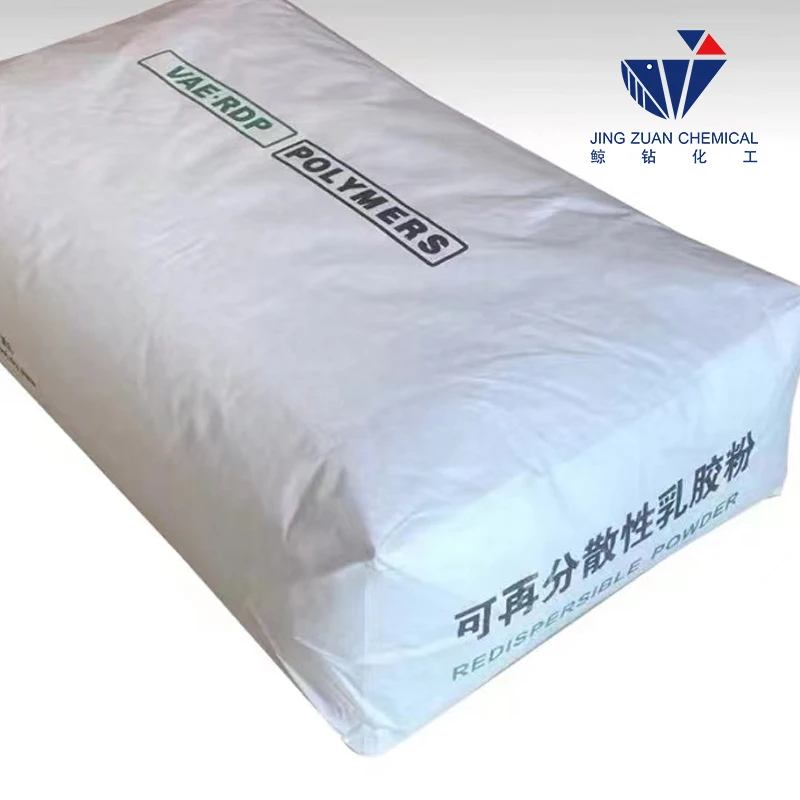
Nov . 07, 2024 21:24 Back to list
Understanding the Composition and Origins of HPMC in Various Applications
What is HPMC Made From?
Hydroxypropyl Methylcellulose (HPMC) is a semi-synthetic polymer derived from cellulose, which is a natural polymer obtained from the cell walls of plants. Because cellulose itself is a large carbohydrate molecule, it undergoes a series of chemical modifications to produce HPMC, making it suitable for a variety of applications, especially in the fields of pharmaceuticals, food, cosmetics, and construction.
The Process of Making HPMC
1. Source Material Cellulose The primary raw material for HPMC is cellulose, which is sourced from wood pulp, cotton linters, or recycled paper products. Cellulose is composed of linear chains of glucose units, and its structure provides the basis for the properties of HPMC.
2. Alkali Treatment To begin the transformation of cellulose into HPMC, the cellulose fibers undergo an alkali treatment. This process typically employs sodium hydroxide (NaOH) to swell the cellulose fibers, making them more accessible for subsequent reactions. This alkali treatment breaks some of the hydrogen bonds within the cellulose chains, allowing for better penetration by the reagents used in the following steps.
3. Etherification The next crucial step is etherification, where the modified cellulose reacts with propylene oxide and methyl chloride. The introduction of hydroxypropyl and methyl groups onto the cellulose backbone is what creates the HPMC. During this step, the anhydroglucose units of the cellulose are etherified, resulting in a derivative that not only retains the fibrous structure of cellulose but also acquires new functional properties that enhance solubility and viscosity in various solvents.
4. Purification and Drying After the etherification process, the resulting HPMC solution needs to be purified to separate out any unreacted raw materials and by-products. This is typically done through a series of washing and filtering steps followed by drying, after which the HPMC can be processed into various granule sizes or forms suitable for its intended application.
Properties of HPMC
HPMC is valued for its unique physical and chemical properties
- Solubility HPMC is soluble in cold water, forming a clear, viscous gel. This property is particularly significant in pharmaceutical applications, where HPMC can serve as a binder or thickener in formulations. - Film-Forming Ability The polymer can form thin films that are resistant to moisture, making it suitable for coatings and as a stabilizing agent in various products.
what is hpmc made from

- Non-Toxicity Being derived from plant materials, HPMC is generally recognized as safe (GRAS) for use in food and pharmaceutical applications.
- Thermal Stability HPMC can retain its properties across a range of temperature conditions, which is crucial in formulations exposed to varying environments.
Applications of HPMC
Given its versatile properties, HPMC finds applications across multiple industries
- Pharmaceuticals HPMC is commonly used as a tablet binder and coating agent in drug formulations, providing controlled release properties. It is also utilized in the production of hydrogels for sustained drug delivery systems.
- Food In the food industry, HPMC acts as a thickener, emulsion stabilizer, and texturizer. It enhances the mouthfeel of products and aids in moisture retention.
- Cosmetics HPMC is employed in cosmetic formulations for its thickening properties and its ability to create a smooth texture in creams and lotions.
- Construction In the construction segment, HPMC is used as a water-retention agent in cement and mortar, improving workability and reducing cracking during the curing process.
Conclusion
In summary, HPMC is a multifunctional derivative of cellulose that has been modified to enhance its properties for various industrial applications. Through a carefully controlled process of alkali treatment and etherification, cellulose is transformed into HPMC, which is then used in diverse fields ranging from pharmaceuticals to food and construction. Its unique characteristics such as solubility, film-forming ability, and non-toxicity make it an invaluable material in modern formulations and applications.
-
Versatile Hpmc Uses in Different Industries
NewsJun.19,2025
-
Redispersible Powder's Role in Enhancing Durability of Construction Products
NewsJun.19,2025
-
Hydroxyethyl Cellulose Applications Driving Green Industrial Processes
NewsJun.19,2025
-
Exploring Different Redispersible Polymer Powder
NewsJun.19,2025
-
Choosing the Right Mortar Bonding Agent
NewsJun.19,2025
-
Applications and Significance of China Hpmc in Modern Industries
NewsJun.19,2025







